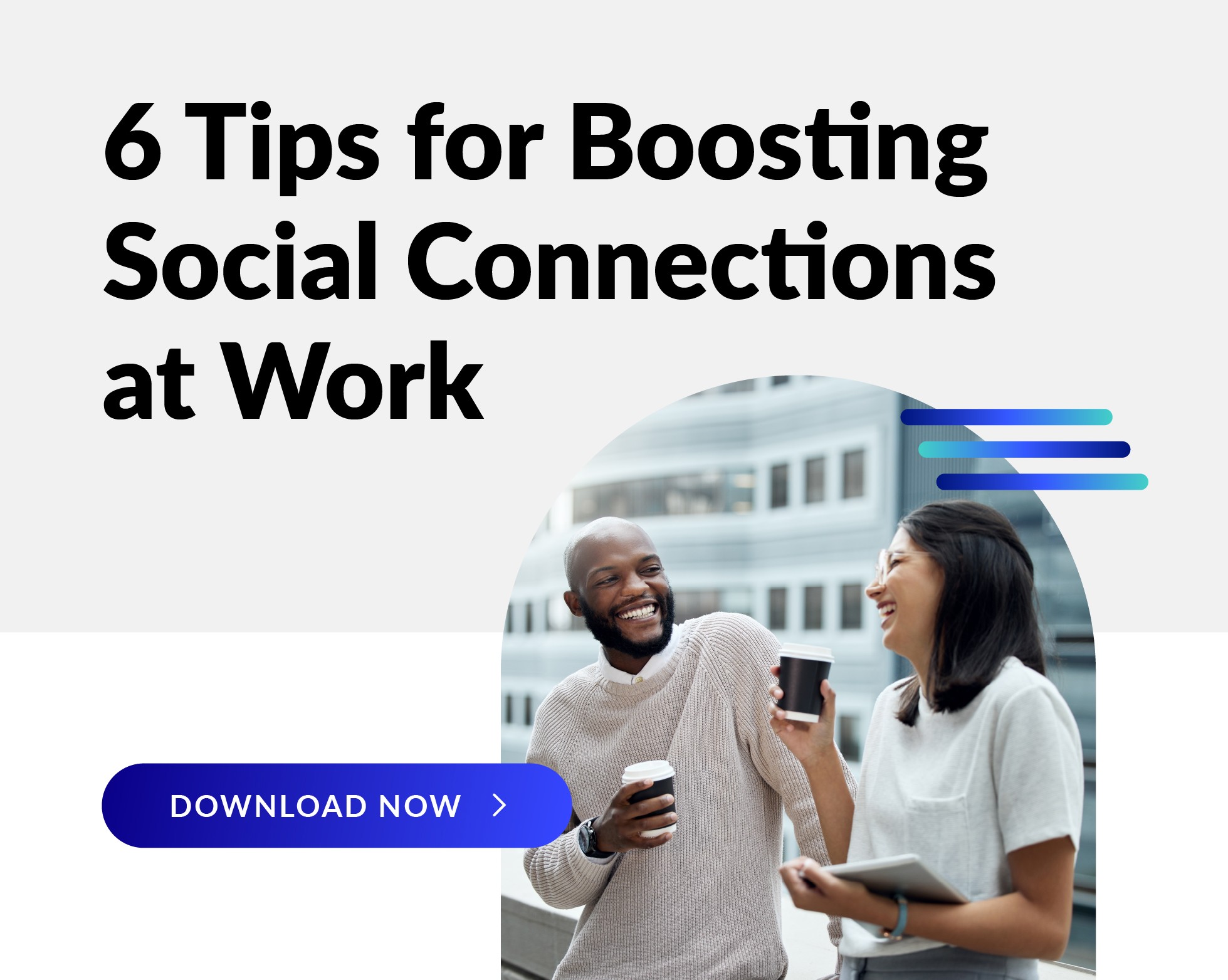 Have you ever found yourself sending out health and wellness messages to your audience without knowing which objective those messages are addressing? You’re not alone.
Have you ever found yourself sending out health and wellness messages to your audience without knowing which objective those messages are addressing? You’re not alone.
Health communicators have so many messaging resources available that it’s easy to get caught up in the possibilities. Who wouldn’t want to encourage people to stop smoking, eat more nutritiously, get more exercise, check their blood pressure, be tested for diabetes – and more? But what if your main health and wellness objective is for X percent of your population to complete your health risk assessment? Or for Y percent of individuals with a specific health risk to sign up with a health coach?
Those other health messages sound good, but they aren’t bringing you any closer to your goal. In fact, if they confuse or overwhelm your audience, they may actually work against you. You need to develop communications objectives that match your health and wellness program objectives.
Work backwards to establish effective wellness communication objectives.
To set effective communications objectives, start with the behavior changes you want to see and work backwards. Decide:
- What will make people want to make those changes
- How you can influence change through communications
Your health communications objectives should:
- Relate to an important program objective that is appropriately addressed by communications.
Be realistic: some program objectives may be outside your scope of influence. Focus specifically on program objectives that lend themselves to communications, and make sure senior management understands your decision. - Describe an outcome that is realistic for communication, and for which you will be held accountable.
Outcomes must be reasonable for you to affect through the communications channels available to you. They must also be outcomes over which you have some control and that you will be evaluated on. Otherwise, they’re not where your efforts should go. - Describe a change, using words like increase or decrease, rather than an action step.
Remember, your communications objectives should relate directly to program objectives, not things you plan to do. Distributing newsletters and posting information are communications tactics, not objectives. They don’t describe a change in your target audience. - Identify a specific audience (target group).
You may have to break out specific objectives by audience. For instance, your communications objectives around your health risk assessment (HRA) may be different for new employees or plan members than for those who have previously completed an HRA but haven’t updated it recently. - Represent a significant change, worthy of being an objective.
A test for “worthiness” may be to consider what communications tactics would be required to meet the objective. Significant change typically requires a selection of communications strategies and channels, executed with careful sequencing. An objective that can be accomplished with one message may not be worthwhile on its own. Consider if it’s part of a larger goal that more closely matches a program objective. - Be SMART.
Test that your objectives are:- Specific – can you state succinctly what they accomplish?
- Measurable – if you can’t measure it, you’ll never know if you succeeded
- Attainable – don’t set impossible goals – aim for steady progress over time
- Realistic – focus on what you can actually affect
- Time-limited – give yourself enough time to affect change, but establish an end date for re-evaluation


